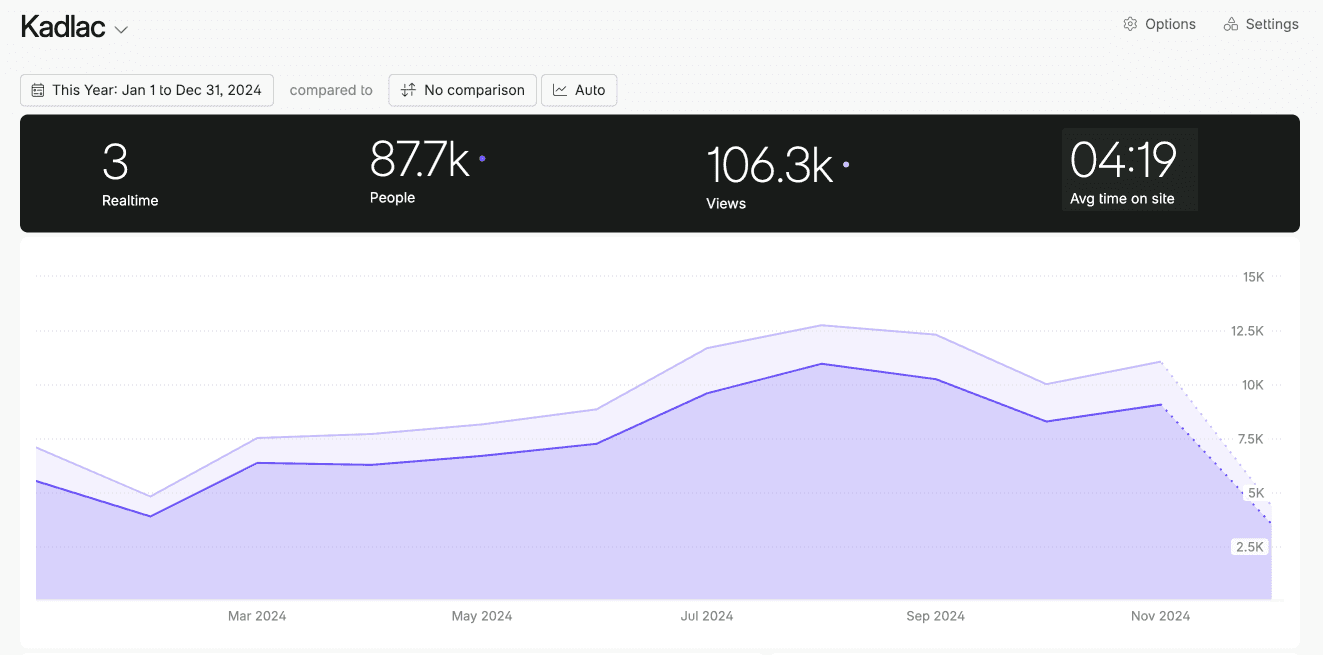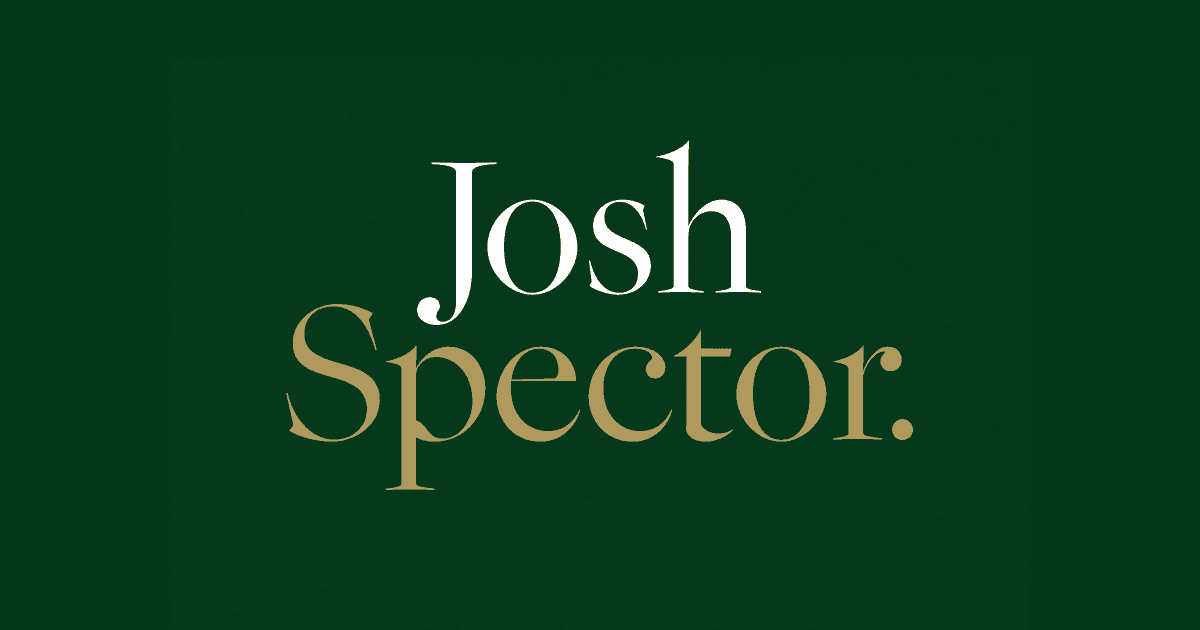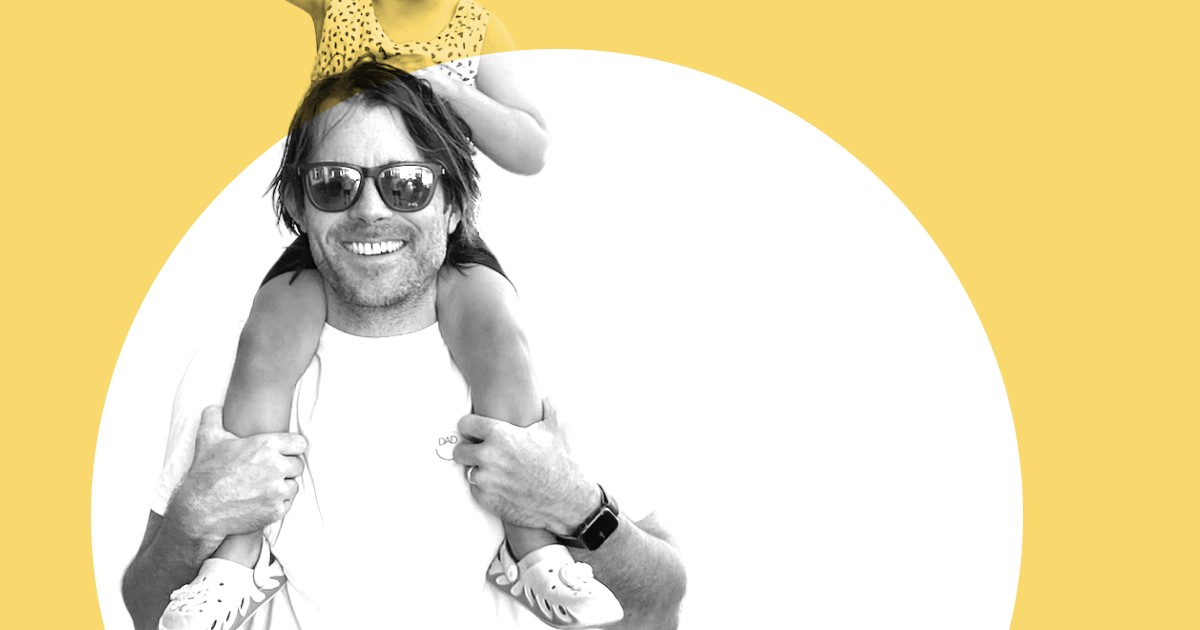Oct 18, 2022

How do you design your life, whether it’s the personal brand aesthetic you unleash unto the world, or the dreams you decide to chase?
If you were to tear open the very first Apple Macintosh computer, you would find the signatures of 45 engineers, designers, and managers molded into the back panel.
Very few people would ever open up the case and discover this, but to Steve Jobs, the layout and design of the components on the inside mattered as much as the aesthetics of the outside.
The best companies don’t always have better design taste, or access to better technology. They happen to understand their customer better. Understanding your customer is a superpower that takes dedication, and persistence.
When designing digital products, you start by getting curious about your customer. Putting yourself in their shoes to get a better understanding of what problems you should be solving.
Like designing software, understanding your own sense of taste and direction is vital to separate who you are, and what you stand for, from everyone else.
You do this by removing your outer shell and examining what’s underneath.
Your 12 favorite questions
Richard Feynman, a theoretical physicist, and one of the most well-known scientists in the world. He was able to use a particular method to deconstruct problems down to their essence, so he could understand it better than anyone else.
He developed a technique by having twelve favorite problems:
“You have to keep a dozen of your favorite problems constantly present in your mind, although by and large they will lay in a dormant state. Every time you hear or read a new trick or a new result, test it against each of your twelve problems to see whether it helps. Every once in a while there will be a hit, and people will say, 'How did he do it? He must be a genius!”
Like Feynman’s twelve favorite problems, we can use this as a foundation for discovering our twelve favorite questions. These questions should be aspirational and inspiring.
These questions aren’t easy, and it may take you some time to write them down. But, they can be a guiding post for what you value in life, and what you’re curious about.
Here are my favorite questions that guide my curiosity and decisions:
How can I make design more accessible to non-designers?
How can I surround myself with creative individuals who constantly push me to continue to create?
How can I find satisfaction in both my full-time job and my interests outside of that?
How can I grow my audience so that it becomes a trusted, and dependable asset?
How can I raise the quality of my writing while maintaining consistent output?
How can I use my skills to best contribute to this world?
How can I build stronger habits to consume less and contribute more?
How can I monetize a low-stress life where I get to explore ideas for a living?
How do I get over the fear of becoming a father and the loss of freedom I am used to?
How can I improve my communication skills through writing and public speaking?
What do I need to do to live a fully creative life, each and every day?
How can I seamlessly incorporate exercise and nutrition to my daily life to look good, feel good and maximize health-span?
Unlocking your creative taste
Have you ever loved a certain wine, but lacked the vocabulary to describe why you like it?
Gary Vaynerchuck is famous for describing this dilemma. This is because we haven’t explored enough. You can’t say the wine tasted like your homes terroir while growing up if you never took a handful of dirt and stuffed your mouth with it. Your experiences shape you and your taste.
“Everything beautiful in the world is made by people with discernment, who know what they like and why they like it, who’d are motivated by something deeper than just money or status. This takes a while. Evaluate 100 things you love, and articulate why/how.” - Visakan Veerasamy
One way to explore and unlock your own taste is by listing out all of the things you love. The music you listen to, the clothes that you wear, or the art that you purchased. These are all made by someone whose taste may intersect with yours.
Take the time to ask, “Who made these things?” “Why did they make them?” Like asking yourself your twelve favorite problems, make a list of your twelve favorite objects.
As you start to study these everyday objects, you begin to connect with them in new ways. You might discover other objects made by the same designer, engineer, or artist that lead you into new areas.
Cultivating your taste is done by exploring and asking questions, pushing yourself in new directions.
Like a great wine with no vocabulary to define it, you can’t cultivate your own taste without questioning and stopping to explore. Once you do, you’ll be able to better define the aesthetics that inspire you, the typeface that you should use for your personal site, or the city you want to live in.
Start by looking inside-out to define why you enjoy the things you own. This builds a new connective tissue to better cultivate your taste.
Curious about what tools will help you build your own creative business?
Get my free toolkit of 59+ resources that will help you learn, create, and sell online.



